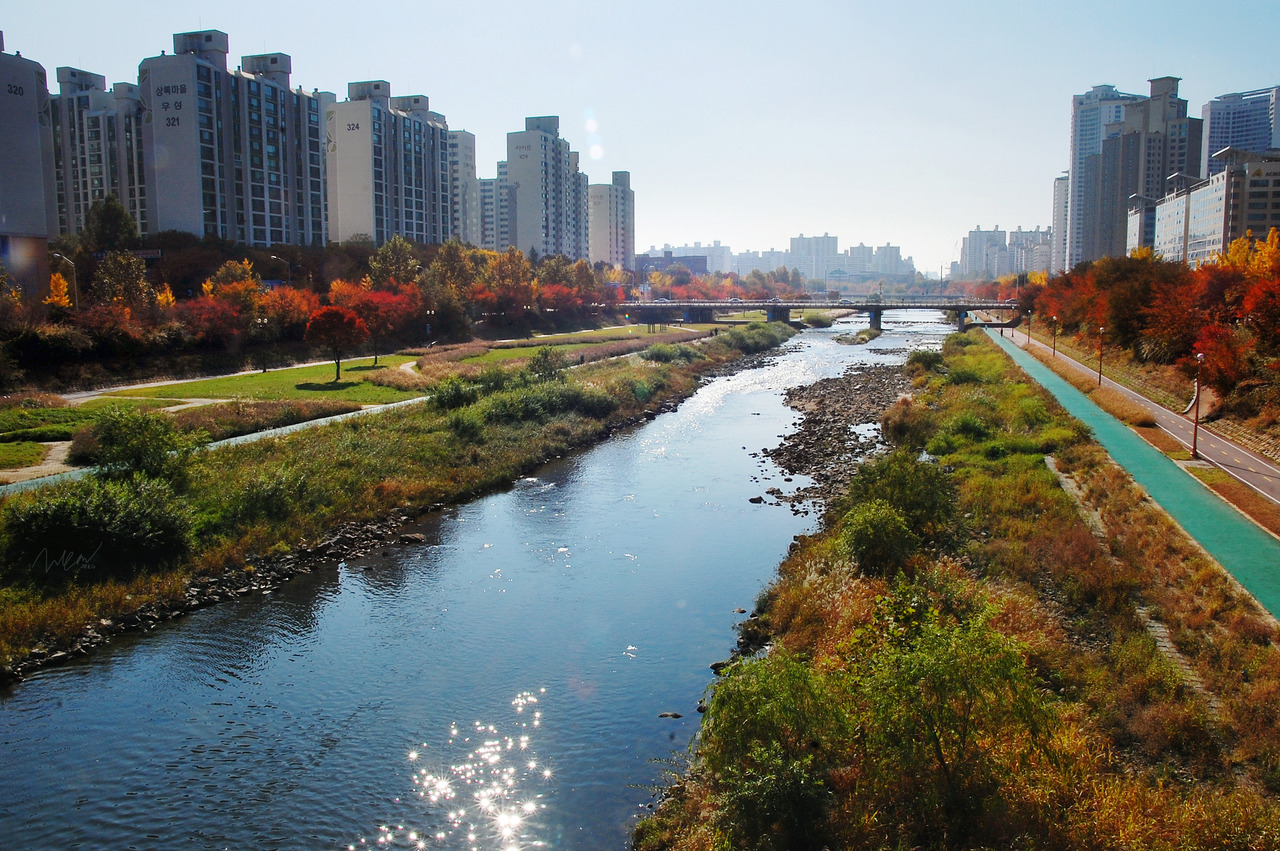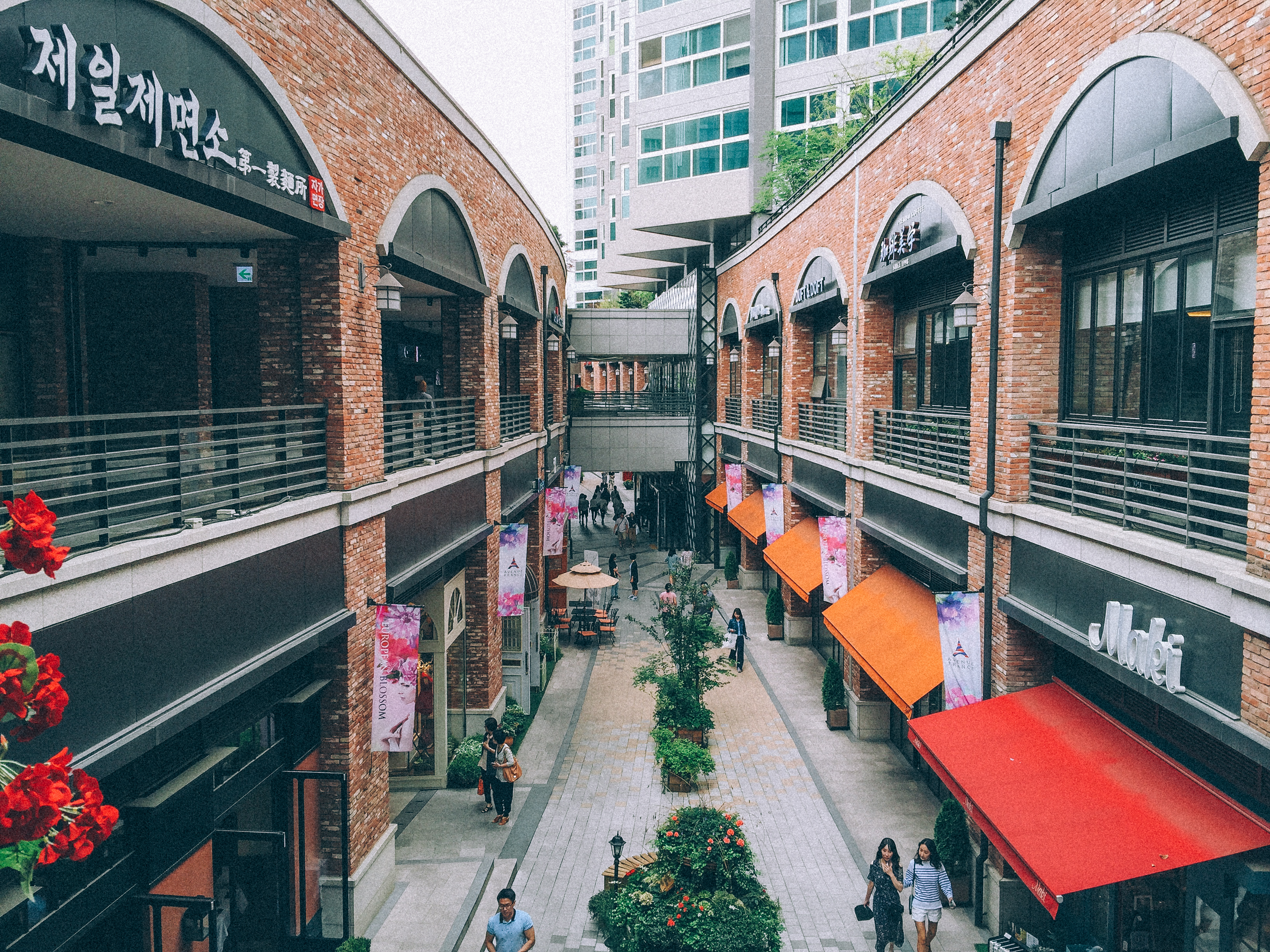|
Pangyo Junction
Pangyo Junction (), also known as the Pangyo JC, is a junction located in Bundang-gu and Sujeong-gu, Seongnam, Gyeonggi, South Korea. Gyeongbu Expressway (No. 1) and Seoul Ring Expressway The Capital Region First Ring Expressway (Formerly as Seoul Ring Expressway) (Expressway No.100) () is an expressway, circular beltway or ring road around Seoul, South Korea. It connects satellite cities around Seoul, Ilsan, Namyangju, Hanam, ... (No. 100) meet here. It is named after the new town in which it is located, Pangyo. The type of junction is Changed Y interchange. {{Expressway 1 (South Korea) Gyeongbu Expressway Seoul Ring Expressway Expressway junctions in South Korea Seongnam ... [...More Info...] [...Related Items...] OR: [Wikipedia] [Google] [Baidu] |
Bundang-gu
Bundang-gu is the largest and most populous district ('' gu'') of Seongnam, a major city in the Seoul Capital Area, South Korea. Bundang-gu is one of South Korea's wealthiest and highest developed areas, being the nation's first and largest completely artificial city built in the early 1990s. Many high-rise luxury condos moved in the early 2000s, with a second planned city built in the late 2000s called Pangyo in the same district. Apartment prices are the second highest in Gyeonggi-do after Gwacheon and 7th highest nationwide, higher than many central Seoul districts such as Mapo-gu or Jongno-gu. Apartments around Pangyo station and the high-rise luxury condos around Jeongja station and Sunae station rival prices in the most expensive areas in the country. Unlike older cities such as Seoul, Bundang has no telephone poles overground, resulting in a clean cityscape with well-designed streets. Bundang is the headquarters of Korea's leading IT companies such as Naver and KT. Pa ... [...More Info...] [...Related Items...] OR: [Wikipedia] [Google] [Baidu] |
Sujeong-gu
Sujeong-gu is a district ( gu) in Seongnam, Gyeonggi-do, South Korea. Dong 동; 洞( "Neighborhood") Stations (excludes Bokjeong station) Seoul Subway Line 8 *821 Sanseong *822 Namhansanseong (before 1998: Dandae) *823 Dandaeogeori *824 Sinheung *825 Sujin *826 Moran Bundang Line *K223 Gachon Univ. *K224 Taepyeong *K225 Moran Universities *Gachon University * Dong Seoul College * gachon.ac.kr/english/ Other schools *Seoul International School Military Facilities *Seoul Air Base Seoul Air Base (sometimes K-16 Air Base, Seoul Airport or Seongnam Air Base) is located in Seongnam city near Seoul in South Korea. Runway 19 and 20 are equipped with an ILS. History Korea under Japanese rule constructed 여의도 비행장(Ye ... (K-16) References External links * Gyeonggi Women's Development Center {{Coord, 37.450377, 127.145833, region:KR_type:city, display=title Districts of Seongnam ... [...More Info...] [...Related Items...] OR: [Wikipedia] [Google] [Baidu] |
Seongnam
Seongnam () is the fourth largest city in South Korea's Gyeonggi Province after Suwon and the 10th largest city in the country. Its population is approximately one million. Seongnam is a satellite city of Seoul. It is largely a residential city located immediately southeast of Seoul and belongs to the Seoul Capital Area. Seongnam, the first planned city in Korea's history, was conceived during the era of President Park Chung-Hee for the purpose of industrializing the nation by concentrating electronic, textile, and petrochemical facilities there during the 1970s and 1980s. The city featured a network of roads, to Seoul and other major cities, from the early 1970s on. Today, Seongnam has merged with the metropolitan network of Seoul. Bundang, one of the districts in Seongnam, was developed in the 1990s. To accelerate the dispersion of Seoul's population to its suburbs and relieve the congested Seoul metropolitan area, the Korean government has provided stimulus packages to lar ... [...More Info...] [...Related Items...] OR: [Wikipedia] [Google] [Baidu] |
Gyeonggi Province
Gyeonggi-do (, ) is the most populous province in South Korea. Its name, ''Gyeonggi'', means "京 (the capital) and 畿 (the surrounding area)". Thus, ''Gyeonggi-do'' can be translated as "Seoul and the surrounding areas of Seoul". Seoul, the nation's largest city and capital, is in the heart of the area but has been separately administered as a provincial-level ''special city'' since 1946. Incheon, the nation's third-largest city, is on the coast of the province and has been similarly administered as a provincial-level ''metropolitan city'' since 1981. The three jurisdictions are collectively referred to as '' Sudogwon'' and cover , with a combined population of 25.5 million—amounting to over half of the entire population of South Korea. History Gyeonggi-do has been a politically important area since 18 BCE, when Korea was divided into three nations during the Three Kingdoms period. Ever since King Onjo, the founder of Baekje (one of the three kingdoms), founded the govern ... [...More Info...] [...Related Items...] OR: [Wikipedia] [Google] [Baidu] |
South Korea
South Korea, officially the Republic of Korea (ROK), is a country in East Asia, constituting the southern part of the Korea, Korean Peninsula and sharing a Korean Demilitarized Zone, land border with North Korea. Its western border is formed by the Yellow Sea, while its eastern border is defined by the Sea of Japan. South Korea claims to be the sole legitimate government of the entire peninsula and List of islands of South Korea, adjacent islands. It has a Demographics of South Korea, population of 51.75 million, of which roughly half live in the Seoul Capital Area, the List of metropolitan areas by population, fourth most populous metropolitan area in the world. Other major cities include Incheon, Busan, and Daegu. The Korean Peninsula was inhabited as early as the Lower Paleolithic period. Its Gojoseon, first kingdom was noted in Chinese records in the early 7th century BCE. Following the unification of the Three Kingdoms of Korea into Unified Silla, Silla and Balhae in the ... [...More Info...] [...Related Items...] OR: [Wikipedia] [Google] [Baidu] |
Korea Expressway No
Korea ( ko, 한국, or , ) is a peninsular region in East Asia. Since 1945, it has been divided at or near the 38th parallel, with North Korea (Democratic People's Republic of Korea) comprising its northern half and South Korea (Republic of Korea) comprising its southern half. Korea consists of the Korean Peninsula, Jeju Island, and several minor islands near the peninsula. The peninsula is bordered by China to the northwest and Russia to the northeast. It is separated from Japan to the east by the Korea Strait and the Sea of Japan (East Sea). During the first half of the 1st millennium, Korea was divided between three states, Goguryeo, Baekje, and Silla, together known as the Three Kingdoms of Korea. In the second half of the 1st millennium, Silla defeated and conquered Baekje and Goguryeo, leading to the "Unified Silla" period. Meanwhile, Balhae formed in the north, superseding former Goguryeo. Unified Silla eventually collapsed into three separate states due to civil war ... [...More Info...] [...Related Items...] OR: [Wikipedia] [Google] [Baidu] |
Gyeongbu Expressway
The Gyeongbu Expressway ( ko, 경부고속도로; ''Gyeongbu Gosokdoro'') ( Asian Highway Network ) is the second oldest and most heavily travelled expressway in South Korea, connecting Seoul to Suwon, Daejeon, Gumi, Daegu, Gyeongju, Ulsan and Busan. It has the route number 1, signifying its role as South Korea's most important expressway. The entire length from Seoul to Busan is and the posted speed limit is , enforced primarily by speed cameras. History * February 1968 - Construction begins at the behest of South Korean President Park Chung-hee, who named Park Myung-keun in charge of construction. * 21 December 1968 - Seoul-Suwon segment opens to traffic. * 30 December 1968 - Suwon-Osan segment opens to traffic. * 29 September 1969 - Osan- Cheonan segment opens to traffic. * 10 December 1969 - Cheonan-Daejeon segment opens to traffic. * 19 December 1969 - Busan-Daegu (via Gyeongju) segment opens to traffic. * 7 July 1970 - The last segment, the mountainous Daejeon-Daegu se ... [...More Info...] [...Related Items...] OR: [Wikipedia] [Google] [Baidu] |
Seoul Ring Expressway
The Capital Region First Ring Expressway (Formerly as Seoul Ring Expressway) (Expressway No.100) () is an expressway, circular beltway or ring road around Seoul, South Korea. It connects satellite cities around Seoul, Ilsan, Namyangju, Hanam, Pyeongchon, Jungdong, Bundang, Pangyo, Sanbon and Gimpo. The expressway runs 127.6 km. Seoul Ring Expressway is currently under construction to widen the expressway between Anhyeon Junction to Seongnam which is expected to be finished in 2016. Since 2010, Gyeonggi Loop Bus connect the many Satellite town to each other through this Expressway. History * February 1988: Construction begins from Pangyo to Toegyewon. * 29 November 1991: Section from Pangyo to Toegyewon opens to traffic. * December 1991: Construction begins from Sanbon to Pangyo. * May 1992: Construction begins from Seoun to Jangsu. * December 1992: Construction begins from Ilsan to Gimpo. * June 1995: Construction begins from Gimpo to Seoun and from Jangsu to Sanbon. ... [...More Info...] [...Related Items...] OR: [Wikipedia] [Google] [Baidu] |
Korea Expressway Corporation
Korea Expressway Corporation (Hangul The Korean alphabet, known as Hangul, . Hangul may also be written as following South Korea's standard Romanization. ( ) in South Korea and Chosŏn'gŭl in North Korea, is the modern official writing system for the Korean language. The le ...: 한국도로공사) is a South Korean corporation running the toll roads of South Korea. Timeline * 1968 – Started construction of Gyeongbu Expressway * 1969 – KEC founded (capital stock of 50billion won) * 1970 – Opened whole section of 428 km Gyeongbu Expressway * 1973 – Opened the era of 1,000 km Expressway network * 1973 – Established a Survey Institute (Currently Transport Research Institute) * 1978 – Daily number of vehicles using expressways surpassed 100,000 * 1980 – Launched integrated tolling system * 1984 – Opened a traffic information broadcasting studio * 1987 – Total length of expressway exceed 1,500 km * 1988 – Daily toll revenue surpassed 1 ... [...More Info...] [...Related Items...] OR: [Wikipedia] [Google] [Baidu] |
Pangyo, Seongnam
Pangyo (판교, 板橋) refers to a planned city surrounding Pangyo-dong, Baekhyeon-dong, Unjung-dong, and Sampyeong-dong of Bundang-gu and Siheung-dong and Sasong-dong of Sujeong-gu (Seongnam city). The area is surrounded by the mountains Cheonggyesan and Geumtosan to the North and Barasan to the south, with ''Unjungcheon'' and Geumtocheon, tributaries of Tancheon, flowing through the center of the city. This area is 9,307,000 m2 (2,815,000 pyeong) and can hold up to 80,412 people with 29,350 families. Gyeongbu Expressway separates the town into two unofficial regions: Seopangyo (literally, ''West Pangyo'') and Dongpangyo (literally, ''East Pangyo''). Origin The origin of the name of Pangyo (Board Footbridge) was 'Neodeori' or 'Neoldari', meaning a footbridge made of planks of wood over the ''Unjungcheon'' (Cloud Staying Brook) originating from the west and running toward the east in the front of Pangyo, written in Chinese characters. According to Sinjeung Dongguk Yeoji S ... [...More Info...] [...Related Items...] OR: [Wikipedia] [Google] [Baidu] |
Expressway Junctions In South Korea
Expressway may refer to: *Controlled-access highway, the highest-grade type of highway with access ramps, lane markings, etc., for high-speed traffic. *Limited-access road A limited-access road, known by various terms worldwide, including limited-access highway, dual-carriageway, expressway, limited access freeway, and partial controlled access highway, is a highway or arterial road for high-speed traffic which ..., a lower grade of highway or arterial road. *Expressway, the fictional slidewalk transport system in Isaac Asimov's ''Robot'' series. {{disambig ... [...More Info...] [...Related Items...] OR: [Wikipedia] [Google] [Baidu] |





